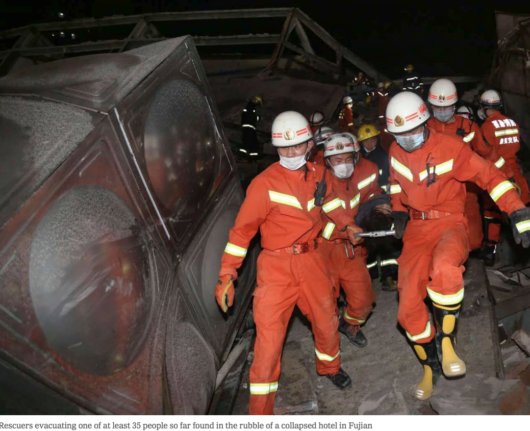Commenters often ask me why I’m not discouraged by the fact that no one pays any attention to my advice. The answer is simple; it makes no difference whether anyone pays attention to my advice. All that matters is whether the ideas I promote are making headway.
Back in 2008 and 2009, I argued for NGDP targeting. I also argued for level targeting. I also argued for Fed policy being based on market signals, not Phillips Curve models. I also argued for a “whatever it takes” approach to QE to hit the target. Last year, I suggested that now is a good time for the Fed to ask Congress for permission to buy a wider range of assets when rates fall to zero, if Treasury bond and MBS purchases are not sufficient to hit their policy targets. They should be given unlimited ammo. (It is good time because both the Dems and the GOP are currently doves.)
Now consider the following:
1. In recent years, top Fed officials like Jim Bullard (and others) have expressed interest in NGDP targeting.
2. In the Fed’s current review of policy options, level targeting ideas have gained increasing traction.
3. Last year, the Fed followed market signals and ignored Phillips curve models. As a result they cut rates three times and prevented the recession that would normally have occurred during the trade war (that is, the recession that would have occurred if the Fed were still basing policy on discredited Phillips curve models.)
4. Now Boston Fed President Rosengren calls for allowing the Fed to buy a wider range of assets.
Eric Rosengren, president of the Federal Reserve Bank in Boston, said on Friday the US central bank should be allowed to buy a broader array of assets to provide stimulus given the sharp and historic decline in Treasury yields.
Excellent!
Many people are too impatient, not understanding that change takes place gradually. So while it’s true that no one in power reads the rants in my blog posts, the ideas I promote are increasingly accepted at the highest reaches of policymaking. The zeitgeist is changing. Indeed it’s changing far more than I expected back in 2008 when I starting crusading for monetary reform.
I have no reason to be discouraged. All that matters is results.
PS. Commenter Tjnel left this excellent analogy for monetary policy:
Scott, my go-to explainer for rate hikes/cuts is to ask someone to imagine the plank of a teeter totter sitting completely balanced, and imagine the natural rate of interest as a marble sitting on top of that teeter-totter, directly above the fulcrum. The fed funds rate is the fulcrum and you can shift the fulcrum point from left to right. If the marble (natural rate) gets blown or pushed to the left of the fulcrum it will continue to move that way, which represents a continued fall in the natural rate (and thus falling NGDP), unless the fulcrum is moved to the left in lock-step with the marble. If the fulcrum is shifted with any delay, then it may need to be shifted further to the left than the marble to arrest the marble’s momentum and stabilize the system again. Of course, if the fulcrum is moved left but less so than the marble, then the marble will continue to fall to the left. I guess the ZLB is the edge of the plank!
Of course this is wrong in some ways, but would you critique it so that I can use the most accurate version of this analogy as possible?
I don’t see how it’s wrong. The smartest commenters are often very modest, and the dumbest . . . well, you’ve all read them.
With that correlation in mind, rereading my recent posts makes me wince.
Off topic, if true this in incredibly good news:
Hubei, the Chinese province at the center of the coronavirus outbreak, reported on Saturday that for two consecutive days, the province had seen no new infections outside its capital, Wuhan. The news confirmed that China’s new cases and deaths are increasingly concentrated in that city, where the virus emerged, while the rest of the province — and the rest of the country — are largely spared.
Hubei reported 74 new infections on Saturday, all in Wuhan. China also recorded 24 cases in people who had arrived from abroad, including 17 in Gansu, a northwest Chinese province. Excluding the infections in Wuhan and among arrivals from abroad, there was only one other new infection in the rest of China.
China also reported 28 deaths among those with the virus, all in Hubei Province. By comparison, there were 49 deaths from the virus in Italy on Friday.
If true, the biggest danger in China (outside Wuhan) is not community transmission of the coronavirus, it’s disease-ridden foreigners from disease-ridden countries bringing their disgusting viruses into ultra-safe China. A month ago, who would have thunk it? Oh, and I forgot about collapsing buildings collapsing on quarantine patients. That’s also a danger.
(The data may not be entirely true, but I suspect the trends are strongly in the right direction.)
